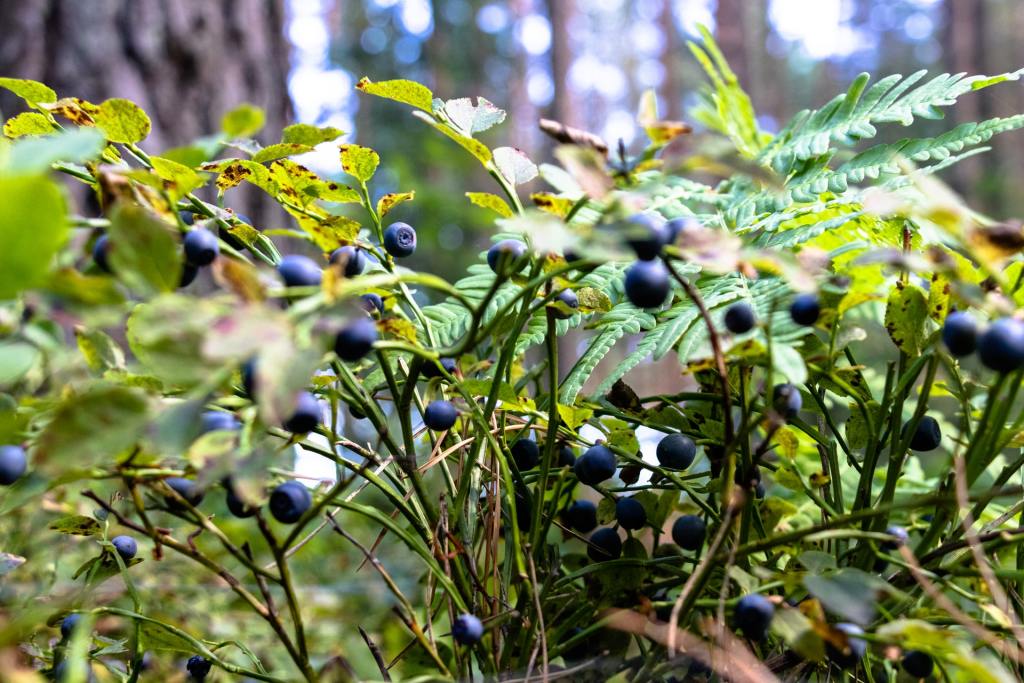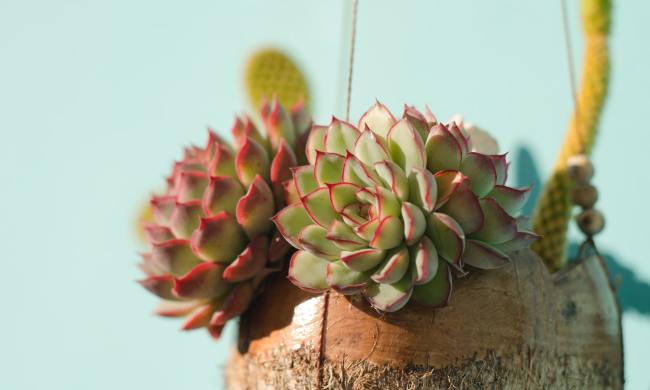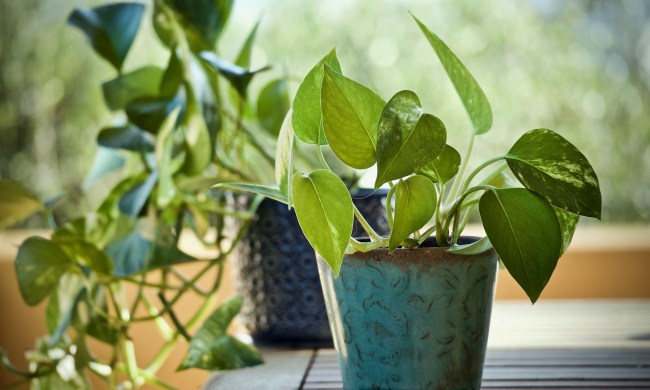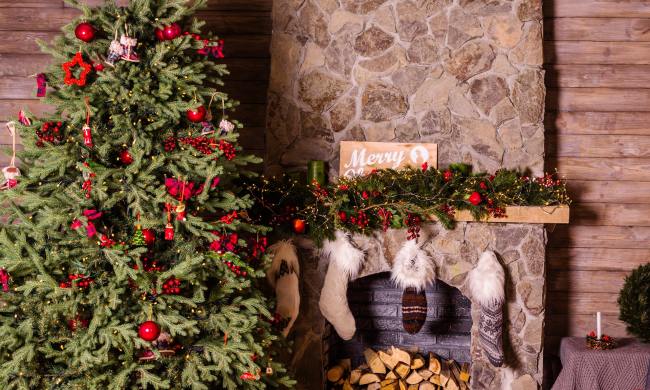It’s every gardener’s dream to walk outside and see a new bloom every day — or at least something blooming. While annuals are stunning for a season, perennials last for years and years. Perennials take a few years to get established and might look a bit wimpy the first few years but will bloom in abundance once they get their footing, or should I say, their rooting. They are also an excellent investment since they last so long and provide appealing colors for the garden year after year.
Astrantia
Pollinators adore this gorgeous blooming plant. Astrantia blooms from early summer to early fall and is a fantastic addition to any cottage garden.
Baptisia
Also known as “false indigo,” Baptisia has fantastic flowers in purples, blues, pinks, yellows, or white. These flowers then become eye-catching seed pods in the fall. This allows this perennial to offer beauty at almost every point in the year.
Hellebore
These stunning plants will offer thick-petaled flower in the winter. No, that’s not a typo; they bloom in the winter! Add these to the garden for a splash of color during a time of year when most plants hibernate.
Asters
As all the plants in the garden begin to quiet down, lose their blooms, and shed their leaves, asters decide it’s finally time to shine. In late fall, they bloom with a variety of colors from blue, pink, purple, and soft lavender. They have also been known to survive a light frost or two.
Catmint
Alluring to the pollinators and excellent for a bit of color for most of the summer, catmint is a taller flowering plant with gray-green leaves. The blooms have a unique spicy scent.
Creeping phlox
This ground cover has bright pink, purple, or white star-shaped flowers in spring. These blooms last up to six weeks and cascade beautifully down walls. They are also quite a hardy plant and can survive in zones 3 to 9.
Rue anemone
These plants may be smaller in stature, but their blooms last up to eight weeks! This is longer than most blooms can boast, and they are an adorable pink or white color. Delicate and small, they offer a fantastic layer to an overall garden.
Lamb’s ear
An adorable and fuzzy plant, lamb’s ear has beautiful silver leaves and uniquely shaped pink or purple flowers that grow up in long and elegant spikes. If you need a soft plant that will attract every hand in the garden to come and pet it, then this is the plant for you. They are also pretty resilient!
Coral bells
Unlike most of the plants on this list, coral bells are here because of their unusually colored leaves. They range from peach to silver to a deep maroon, and they hold that color all year long. Their flowers are insignificant and don’t attract attention as the leaves do.
Blueberries
Yummy and beautiful blueberries are an excellent addition to an edible garden. In late spring, the plant is heavy with white blooms; then they are covered in the iconic blue fruit that is wonderful in pies, jams, and cobblers!
The leaves also have something to offer and have a fiery color pallet in fall.
Hydrangea Quercifolia
These have cone-shaped flower bulbs that last from mid-summer into autumn. The color often changes from white to pink as the months go by. When the flowers are gone, the leaves shift to a bronze color before falling.
Witch hazel
While the flowers last from late winter to early spring, the leaves turn an intense red in the fall. Witch hazel is also used in many skin products to help with inflammation.
Cornus alba Sibirica
These plants have a lot to offer all year-round. The most striking feature is their bright red stems in the dead of winter. Any garden will light up in the winter with these plants. In summer, it has leaves that are variegated and small white flowers bloom in early summer; the white berries last into the winter, as well.
Viburnum Opulus
Although this plant has a serious-sounding name, it has stunning soft white flowers that gather in large ball shapes during late spring and early summer. Then it grows clusters of red berries in the fall. In late autumn, the leaves begin to fall, but they turn a gorgeous red before doing so.
Here is one tip to ensure your garden has color all year-round. Plan out your garden and plant perennials and annuals that bloom at different times of the year. This way, all the blooming times of the plants are staggered.
From edible blueberries to pollinator-loving astrantia, this list has something to suit everyone. Perennials are a fantastic way to save money on buying plants every year while still offering stunning blooms and leaves all year-round. You’ll be the envy of the neighborhood with the right mix of these beauties in your garden.




